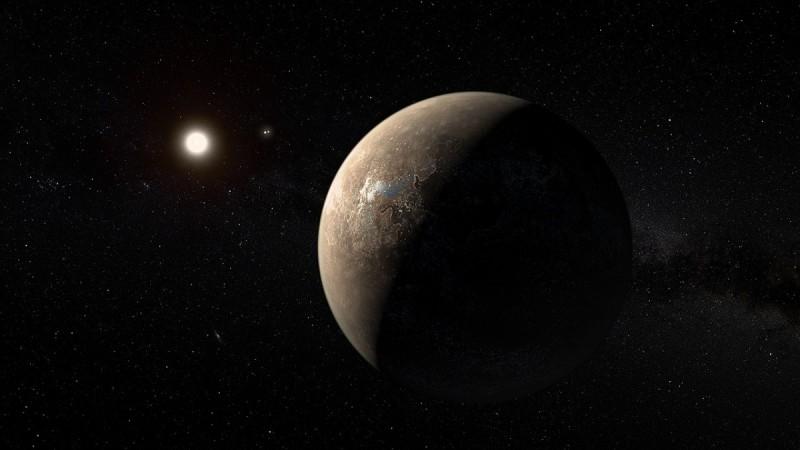
NASA has announced plans of searching for alien life in a new interstellar mission. It is also being said that a robotic spacecraft will be sent to the neighbouring star system by the space agency.
ALSO READ: At $22 million a year, is Pentagon still hunting UFOs?
A star system -- Alpha Centauri – will be explored in 2069 which marks the 100th anniversary of the first moon landing.
Situated just 24.9 trillion miles from Earth, Alpha Centauri consists of three stars which are: Centauri A, Centauri B, and Proxima Centauri.
Last year Proxima b, an Earth-like planet was discovered orbiting the star Proxima Centauri last year. The exoplanet is present in the habitable zone which allows the surface water present on it to remain in liquid form.
ALSO READ: Here's the right age for men to freeze their sperm
The parent star emits strong UV rays and X-rays, exposing the exoplanet to them. Any life that evolved on the exoplanet would have to be tough enough to survive the radiations.
As per the speculations of the astronomers, Earth-like planets sheltering alien life are likely to be present in the Alpha Centauri star system.
Visiting the Alpha Centauri star system would require a spacecraft that can travel at a swift pace, around 30 million metres per second, which is equal to a minimum of 10 percent of the speed of light. Even if we manage to travel at this speed, we will require 44 years to reach the star system.
ALSO READ: Do you know what 'Pussypedia' is?
"It's very nebulous," said Anthony Freeman of NASA's Jet Propulsion Laboratory.
Various options are being explored by NASA which includes sending a laser-powered tiny probe. According to a theory by NASA, this probe might be able to reach up to a quarter of the speed of light. The spacecraft would not reach the star system until the year 2113, according to a report by mirror.co.uk.
Astronomers are considering other techniques to carry out the mission too, which includes harnessing nuclear reactions, or collisions between matter and antimatter, the magazine reported.
ALSO READ: 'Sperm bandits' gangrape male hitchhiker in South Africa
Voyager 1 is the only spacecraft which has left our solar system successfully after its launch in 1977.
Though Voyager 1's software isn't as high-tech as you may think, it still provided amazing insights into the moons and planets present in our solar system. The spacecraft travels at a speed of 38,000 mph, which is less than one percent of the speed of light. It is present at a distance of around 12 billion miles from Earth.











